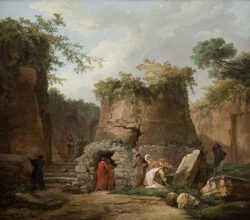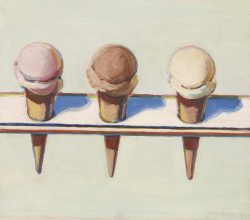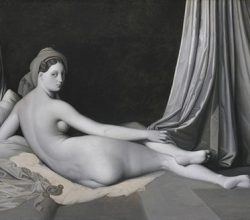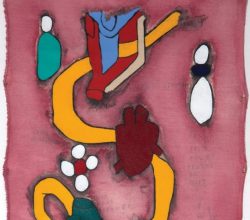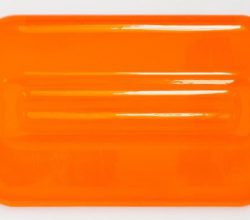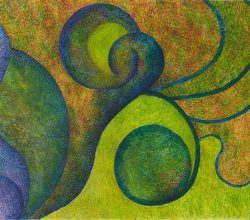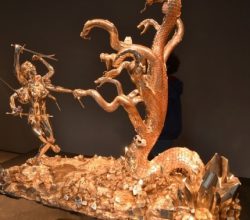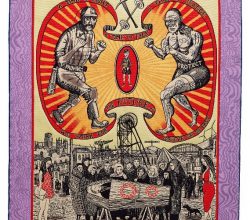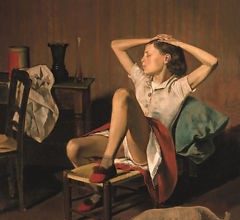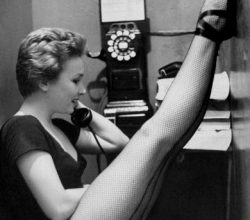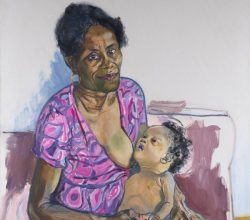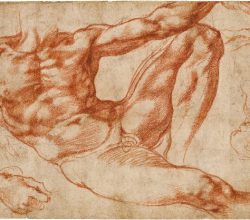
Divine Lust
Andrew Butterfield | The New York Review of Books | 18th January 2018
Unlike a previous review of this monumental show, this piece puts Michelangelo’s art in a biographical context. At age 30 his drawings for a fresco The Battle for Cascina constituted a “zenith”. Thereafter his art became more personal, seeking to express the dreamlike but unattainable “unbodied beauty” of the human form. “Hence the air of melancholy and sorrow that pervades so much of his art.”

